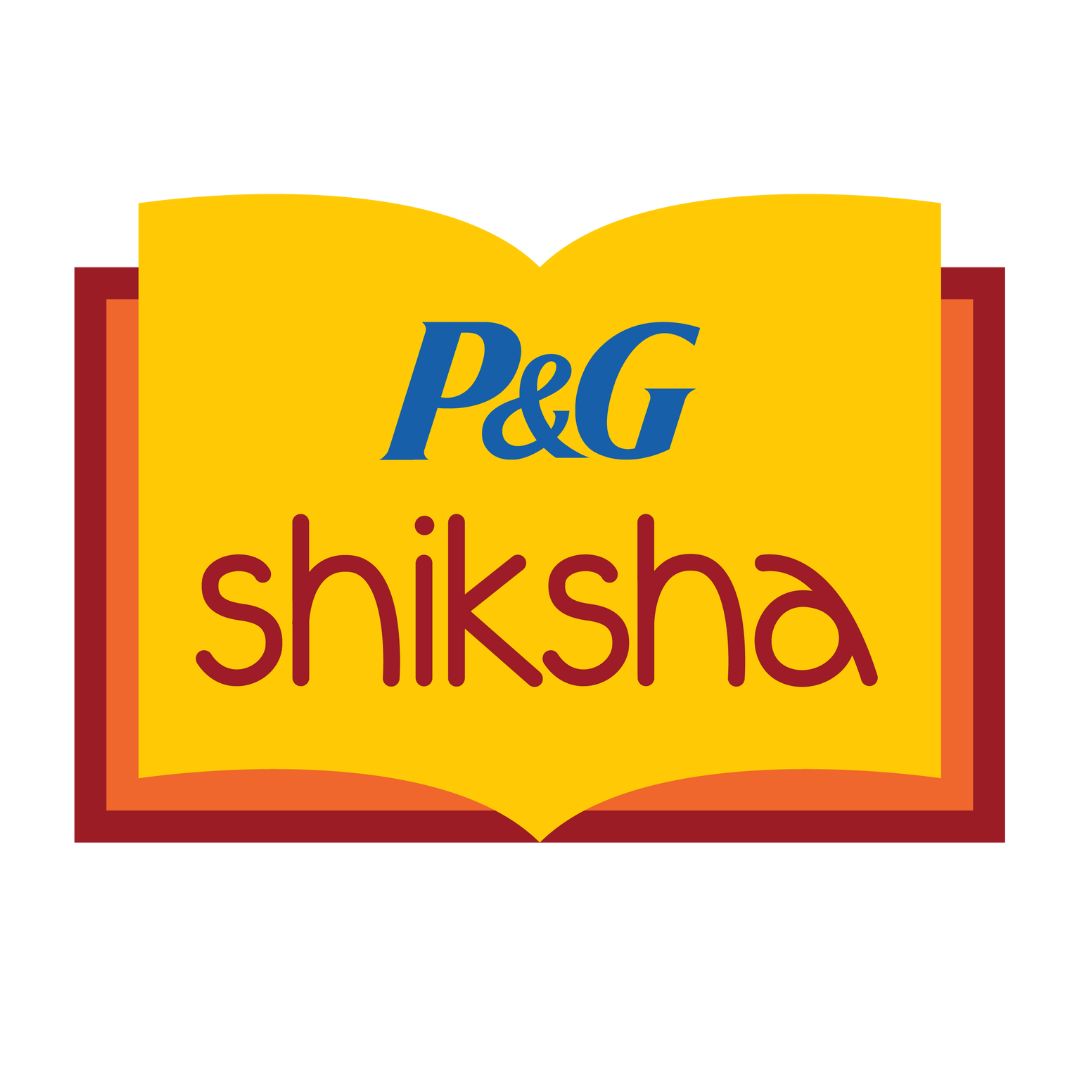Maharashtra has mandated Hindi as a compulsory third language for students in Classes 1 to 5 in Marathi and English-medium schools, effective from the 2025–26 academic year. The phased implementation of the National Education Policy (NEP) 2020 includes a revamped 5+3+3+4 academic structure and NCERT-based textbooks infused with Maharashtra’s local context.
Officials emphasise multilingual competency, while critics, including educators and linguists, warn of linguistic overload and advocate for optional Indian languages. Teacher training and infrastructural upgrades are underway, but concerns about implementation challenges persist.
Curriculum Overhaul: Three-Language Formula And Localised Content
The Maharashtra government’s three-language formula will require Marathi and English-medium schools to teach Hindi alongside the existing two languages. Schools with minority mediums (e.g., Urdu, Gujarati, Kannada) will retain their medium language while adding Marathi and English.
The revised syllabus, developed by the State Council of Educational Research and Training (SCERT) and Balbharati, integrates NCERT frameworks with Maharashtra-specific content. For instance, History textbooks will emphasise local freedom fighters like Bhikaiji Cama, while Geography modules will focus on regional ecosystems such as the Western Ghats.
The academic structure shifts to a 5+3+3+4 model, prioritising foundational literacy and numeracy for ages 3–8. Pre-primary education for 3–6-year-olds, developed in collaboration with anganwadis, will debut in 2025.
Official Rationale Versus Ground-Level Criticisms
Deputy Secretary Tushar Mahajan stated the policy aligns with Sustainable Development Goals (SDG 4), ensuring “no child is left behind in acquiring 21st-century skills”. Principal Secretary Ranjit Singh Deol added that localised content would “deepen students’ connection to Maharashtra’s heritage”.
However, critics argue the Hindi mandate disregards linguistic diversity. Former school education director Vasant Kalpande termed it “counterproductive”, suggesting students choose among Indian languages like Tamil or Bengali.
Teachers highlight practical hurdles: “Most rural primary schools have only two teachers managing all subjects. Adding Hindi will dilute focus on core competencies like mathematics,” said Bhausaheb Chaskar of the Active Teachers Forum. Parents in cosmopolitan areas like Mumbai and Pune also express concerns about increased academic pressure on young learners.
Implementation Strategy And Systemic Challenges
The state plans to train 80% of teachers by 2025 through workshops on multilingual pedagogy and assessment reforms. A “Holistic Progress Card” will replace conventional exams, tracking cognitive, social, and emotional growth.
Bridge courses will ease transitions between grades, particularly for Classes 2–3 and 5–6. However, infrastructure gaps loom large: over 30% of Zilla Parishad schools lack digital tools for updated content delivery, per a 2023 state report.
SCERT has partnered with NGOs to design teacher manuals for multilingual classrooms, but funding shortages risk delaying textbook printing and distribution.
The Logical Indian’s Perspective
While multilingualism fosters unity, imposing Hindi risks alienating non-Hindi speakers and burdening under-resourced schools. The Logical Indian advocates for a flexible language policy that empowers students to choose between Hindi and other Indian languages, ensuring equity for Maharashtra’s diverse linguistic communities.
Inclusive teacher training and infrastructural investments must accompany curriculum changes to prevent exacerbating urban-rural divides. As India embraces the NEP’s vision, can Maharashtra strike a balance between national integration and cultural preservation, setting a precedent for other states to follow?











